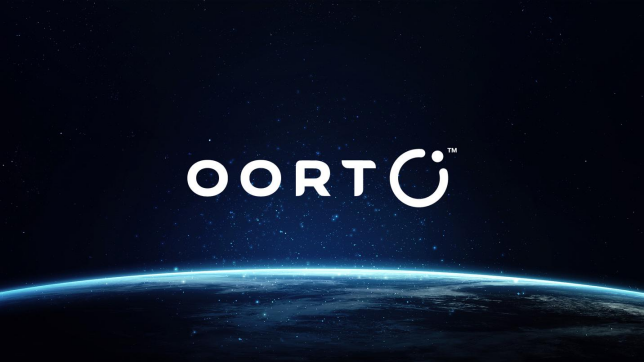
In the field of artificial intelligence, Retrieval-Augmented Generation (RAG) is an ingenious framework that enhances the capabilities of large language models (LLMs) by integrating external knowledge. This integration enables these models to provide more accurate, up-to-date and reliable responses. In this article, we’ll take a deep dive into the world of RAG and see how it could revolutionize the way we interact with AI-driven systems, specifically in the context of the OORT token.
The Necessity of Retrieval Augmentation Generation (RAG)
Large language models, while powerful, can sometimes produce inconsistent or inaccurate results. They excel at understanding statistical relationships between words, but a deep understanding of their meaning is relatively lacking. RAG emerged to fill this gap. By connecting the model to external information sources, RAG ensures the high quality of responses.
Advantages of RAG: Implementing RAG brings three main advantages in LLM-based systems:
Get the latest and most reliable information: RAG ensures models are equipped with the latest trusted facts, enhancing the accuracy of responses. Users are able to understand the provenance of the model, which allows them to verify the information and build trust in the system.
Enhance privacy and data security
By relying on externally verifiable facts, RAG reduces the model's reliance on sensitive data stored in its parameters, thereby reducing the risk of data leakage or misinformation.
Reduced Computational Costs: RAG also plays an important role in reducing the computational and financial burden associated with running LLM-driven chatbots. With RAG, the need for continuous training and parameter updates is reduced, simplifying operations and maximizing efficiency.
How RAG works
The operation process of the RAG system can be summarized into five steps:
Questions/Input: It all starts with your questions. You're looking for answers, and RAG is ready to help.
Search: Like a detective, RAG searches through vast databases for the snippets of information most relevant to your question.
Enhancement: Once you have the evidence, RAG doesn't just stop there. It integrates and processes information to ensure that the content provided is accurate and relevant.
Generate: This is where the creative side of RAG comes into play. It constructs a response that is not only informative but also easy to read, like a skilled writer.
Response/Output: Finally, RAG presents you with the answer. It's the culmination of high-speed research and clear expression.
The role of the OORT token
In such an efficient RAG system, the introduction of OORT token adds a new dimension to the entire ecosystem. The OORT token serves as a cryptocurrency focused on supporting and promoting the development of RAG-based applications and platforms. It is not only a medium of transaction, but also a bridge for interaction between users and developers.
Advantages of OORT tokens: Promote the development of the ecosystem: The use of OORT tokens will encourage developers to create more RAG-based applications and promote technological progress and innovation.
Increased user participation: Users can participate in the governance of the platform by holding OORT tokens, which allows them to have a say in the future development of the ecosystem.
Security and transparency: Based on blockchain technology, OORT tokens provide a safe and transparent transaction environment to enhance users' trust.
Conclusion
The emergence of RAG has brought revolutionary changes to large-scale language models, and the introduction of OORT tokens has provided strong support for this change. As technology advances and the ecosystem expands, we have reason to believe that future AI systems will become more intelligent, reliable, and creative. This is not only an upgrade to technology, but also a profound reflection on how we interact with AI.